
- •Part II. House. Flat
- •Vocabulary exercises
- •Unusual Types of Houses
- •I. Pre-listening task
- •II. Listening and comprehension tasks
- •1. Answer these questions about yourself and, if possible, find out how someone else would answer them.
- •Self Check
- •Sharing a Room
- •A. Students’ Hostel
- •Active Vocabulary
- •A Letter Home
- •В. Renting a Room Active Vocabulary
- •In England many people let rooms in their houses to people who need somewhere to live. The people pay money for this and are called lodgers.
- •Imagine you are going to let / rent a room / flat. The questions below will help you get all the information you need.
- •Sharing a Flat
- •Phoning a Landlord
- •I. Pre-listening task
- •II. Listening and compehenstion tasks
- •III. Follow up activity
- •Self Check
- •Unit 3 Buying a House Active Vocabulary
- •Buying a House
- •Looking for a House to Buy
- •Unit 4 Furniture and Furnishing Active Vocabulary
- •Around the Home
- •House for Sale
- •Self Check
- •Unit 5 Your Ideal Home
Part II. House. Flat
UNIT 1
Homes and Buildings. English and American Home
А. Types of Buildings
Active Vocabulary
to dwell
to have a house of one’s own
to have a room to oneself
to have a single room
to inhabit
to live in a hall of residence / in a hostel
to live in digs / to live out
to live in the town centre / downtown (AmE) / in the suburbs / on the outskirts
to lodge
to look down on(to) / overlook/ face
to move house / home (BrE)
to move into a new flat / house
to move out
to reside
to share the room with smb.
to stay at smb’s (place) / with smb.
to take / find (a) lodging(s)
apartment (AmE) flat (BrE)
a three-room(ed) flat / apartment
floor on the ground floor (BrE)
on the first floor (AmE) on the upper / top floor
storey (BrE) / story (AmE)
five-storey(ed) building (BrE)
five-storied building (AmE)
apartment building (AmE) block of flats (BrE)
bungalow cottage / chalet (Fr)
detached house
semi-detached house (BrE) / duplex (AmE)
terraced house (BrE) / row house (AmE)
villa farmhouse
hut mansion
amenities
neighbour / in the neighbourhood
convenience(s) / modern conveniences (mod cons)
air conditioning
central heating
chute electricity
lift running cold and hot water
telephone
above behind beside
between downstairs in front of
in the middle of next to
opposite under upstairs
Vocabulary exercises
Exercise 1. Study the descriptions of the following types of house and translate them into Russian:
bedsit: bedroom and living room all in one
block of flats: residential building consisting of apartments (flats)
bungalow: house with only one storey (no upstairs)
cottage: small house in the country or in a village
detached house: not joined to any other house
semi-detached house (informal: semi-): joined to another house
terraced house: joined to several houses to form a row
time-share: holiday flat or house where you have the right to live one or two weeks a year
villa: large house with big gardens or a rented house in a holiday resort / tourist area.
Exercise 2. Look at the drawings of different kinds of accommodation and say which is which:
a block of flats
a bungalow
a cottage
a detached house
a semi-detached house
terraced houses
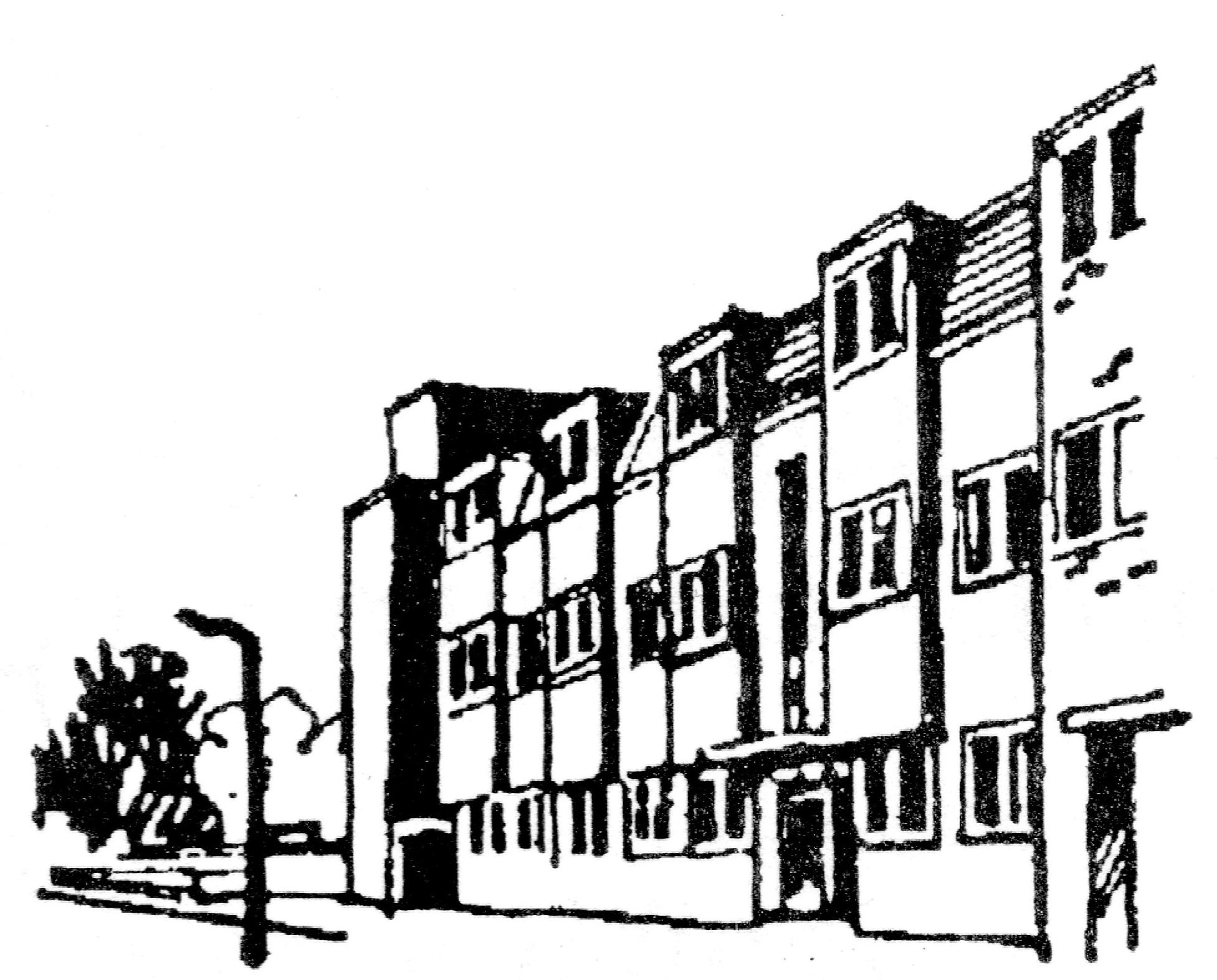
1___________________
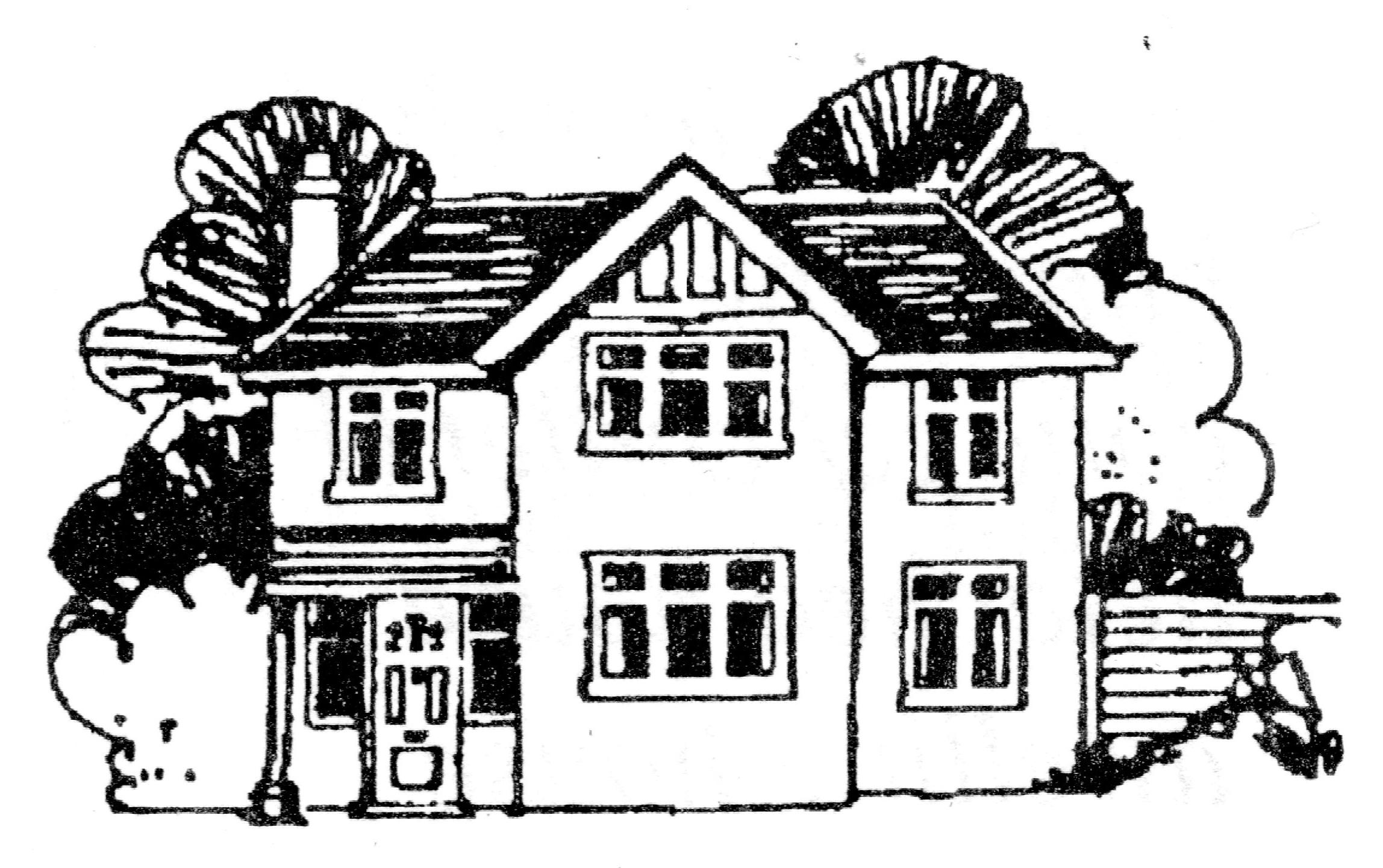
3___________________

5___________________
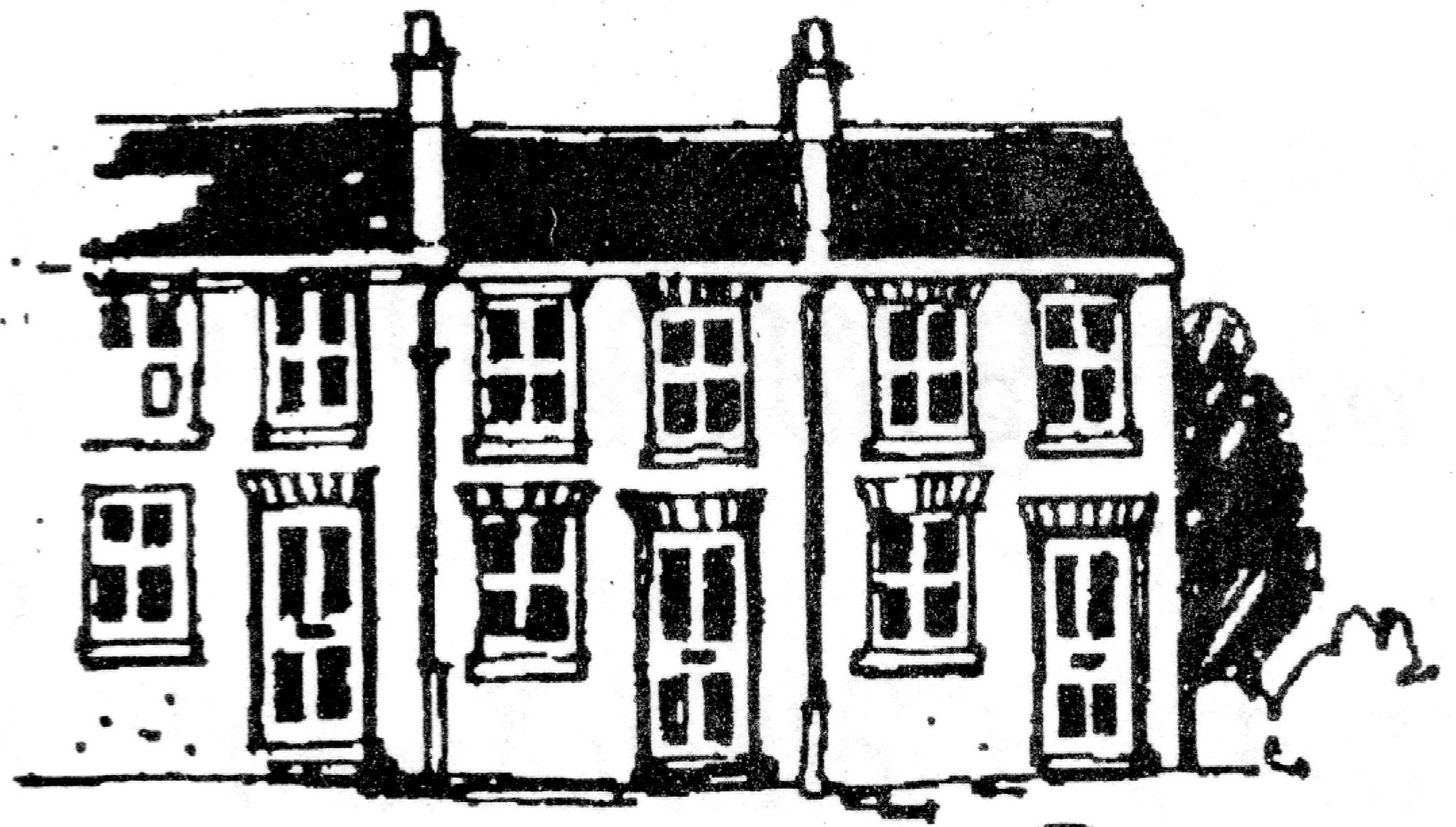
2___________________
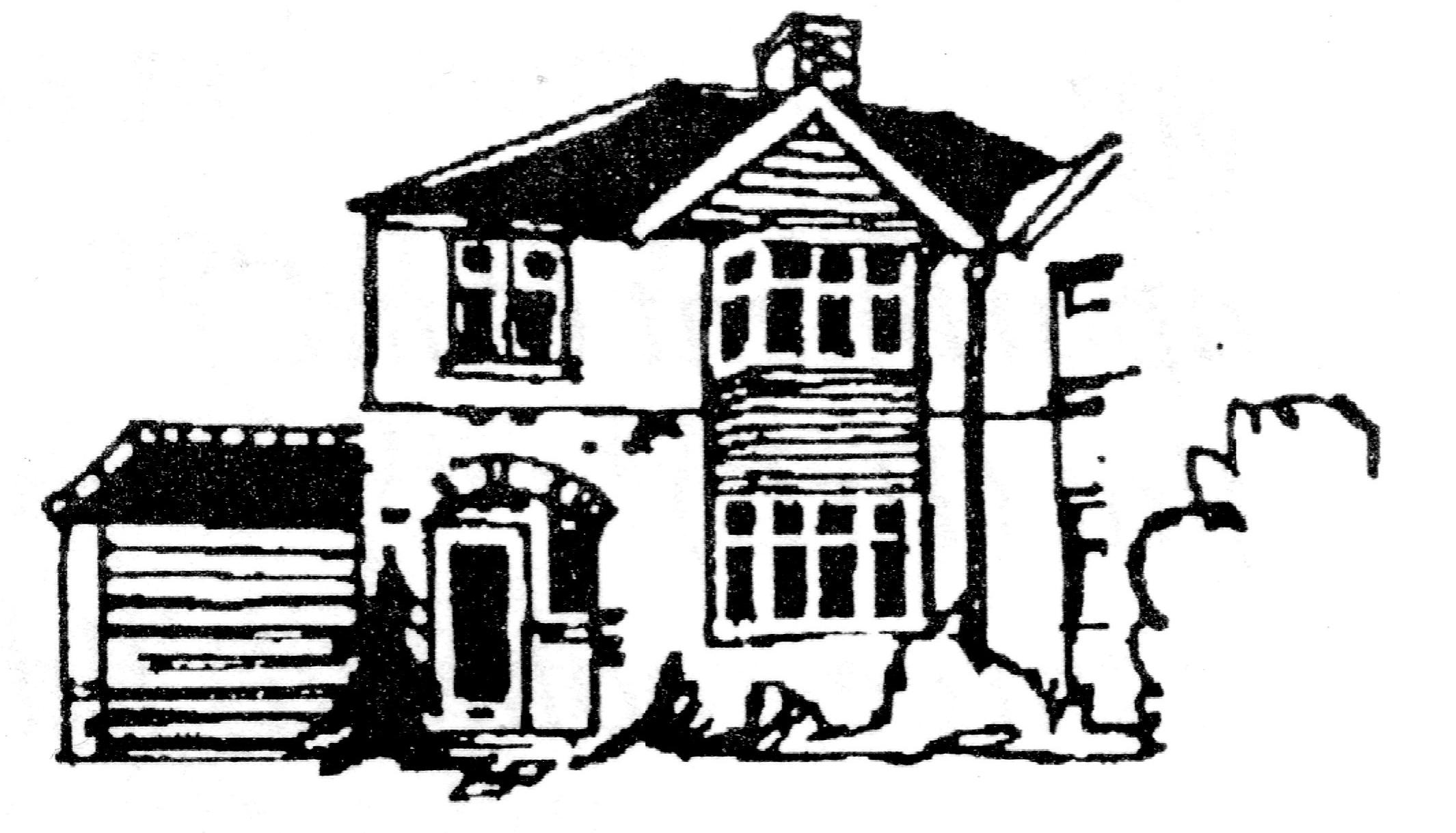
4___________________
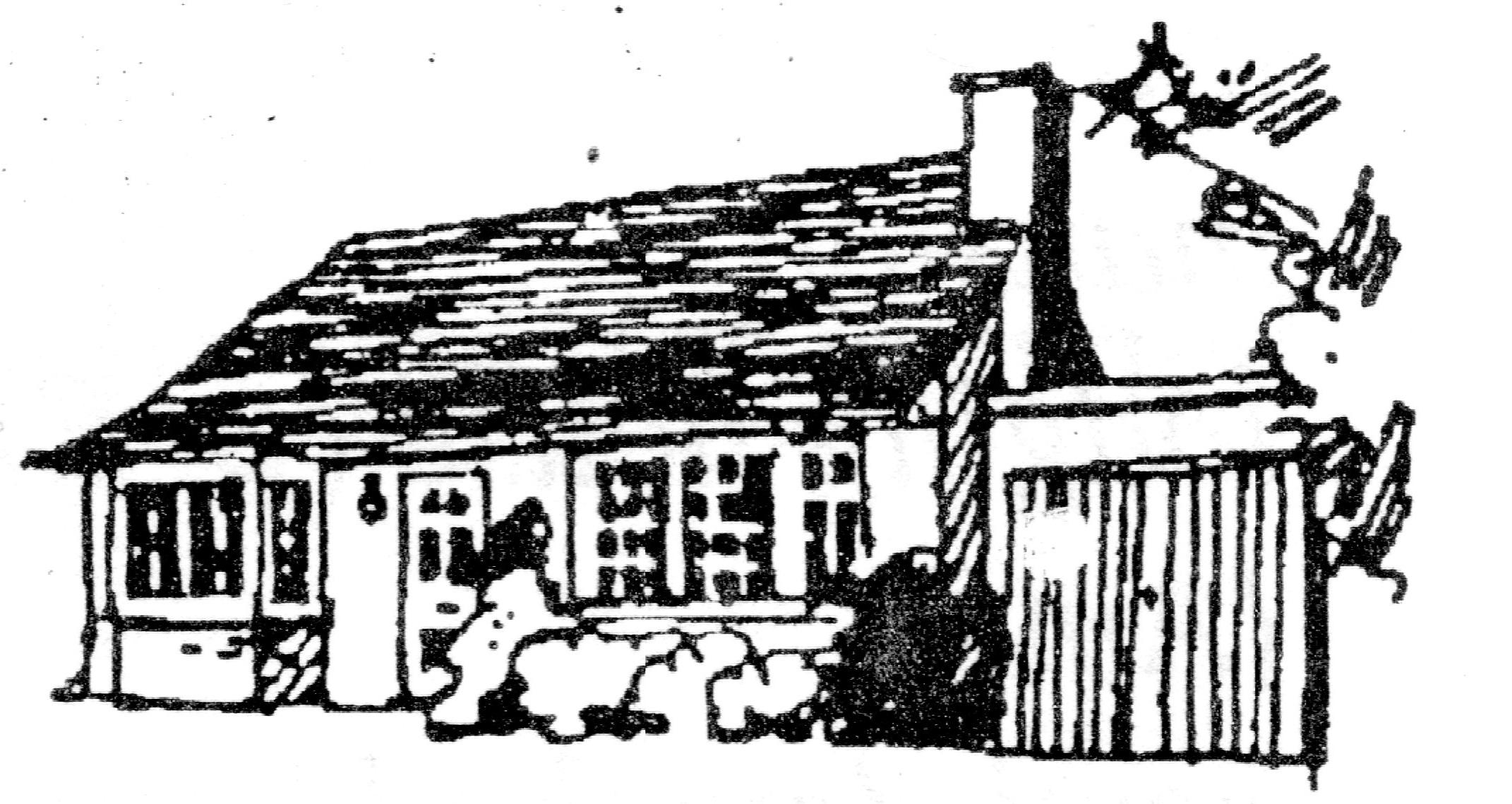
6_________________
What materials do you think the builder used to build them: brick, concrete or stone?
Where would you choose to live if you were:
a) a young couple with three children?
b) a couple without children?
c) a retired couple?
d) a young person living alone?
e) an old person living alone?
Give reasons for your choice.
Exercise 3. Study the descriptions of the following places you can find in the home.
You probably already know the names of most rooms and locations in a typical home. Here are some less common ones and what they are for:
attic: room in the roof space of a house (could be lived in);
basement: room below ground level, windows, for living / working;
cellar: room below ground level, no windows, used for storage;
hall: open area as you come into a house;
landing: flat area at the top of a staircase;
loft: space in the roof of a house usually used only for storage;
pantry or larder: large cupboard (usually big enough to walk into) for storing food;
porch: covered area before an entrance-door;
shed: small building separated from the house usually for storing garden tools;
spare room: a room for guests;
study: a room for reading / writing / studying in;
terrace or patio: paved area between house and garden for sitting and eating, etc.;
utility room: usually just for washing machine, freezer, etc.
Exercise 4. Read the descriptions and guess what rooms and locations they are:
a room usually used just for washing-machine, freezer, etc.;
room in the roof space of a house (could be lived in); the space below the roof and above the top room;
space in the roof of a house usually used only for storage;
an underground room below ground level, no windows, used for storage;
a room below ground level, windows, for living / working;
flat area at the top of a staircase;
open area as you come into a house;
covered area before an entrance-door;
a large cupboard (usually big enough to walk into) for storing food;
a room for reading / writing / studying in.
Exercise 5. Where in a typical house would you look for the following things?
a rake
cutlery
dental floss
a coat-hanger
suitcases
a tumble-dryer
a power point
a porch
a grater
10. old empty boxes
Exercise
6. Fill in the room and place labels on the plan of the house.
Exercise 7. Look at this house and garden and name each of the numbered features, using the list below.
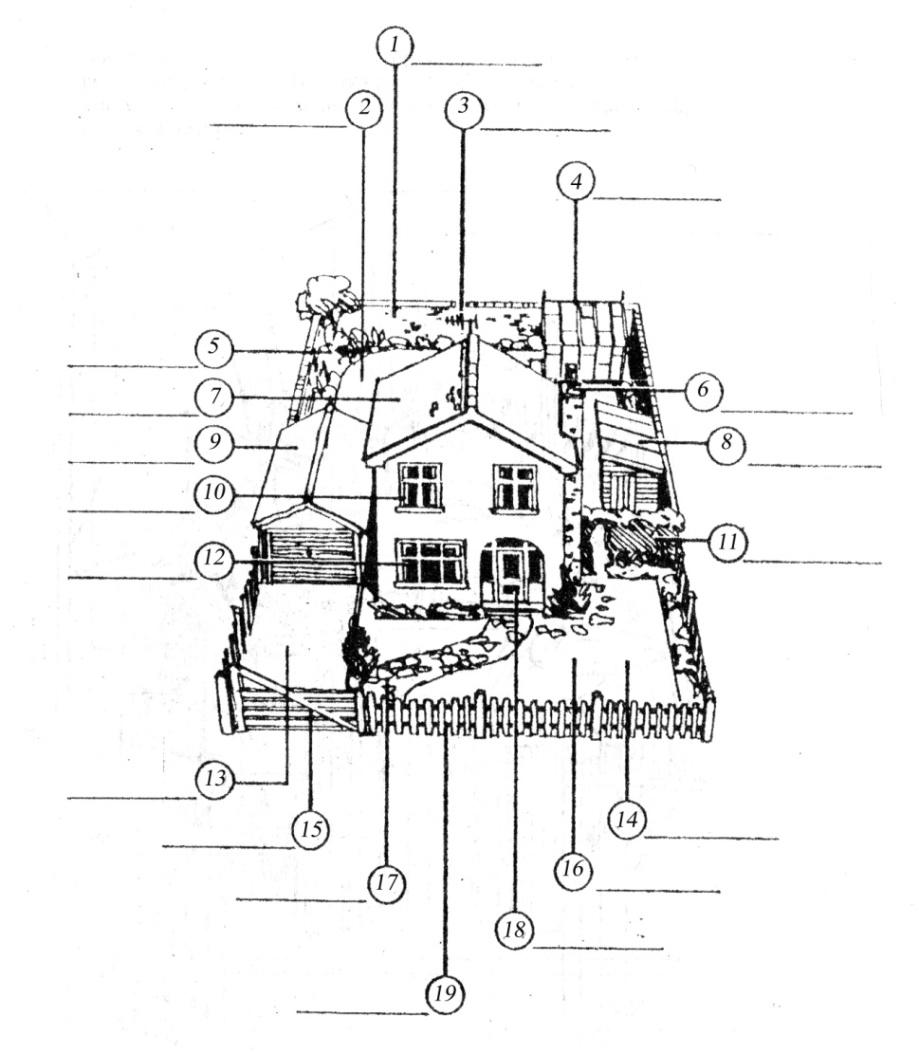
aerial, back garden, bedroom window, chimney, driveway, fence, flower beds, front door, front garden, garage, gate, greenhouse, ground floor window, hedge, lawn, path, roof, shed, wall
What materials were used for the following? (brick, glass, stone, tiles, wood)
the fence
the garage
the gate
the greenhouse
the roof
the wall
the windows
What is the difference between a fence, a hedge and a wall?
Exercise 8. Answer the questions making various substitutions.
– What street do you (she, your parents) live in? – In Vasnetzov street / Gogol street / in Rokossovsky Avenue.
– What kind of flat have you got? – It’s actually a two-room(ed) flat with all modern conveniences (in a new block of flats, a two-storey(ed) cottage).
– What floor is your flat on? – On the ground floor (on the fifth floor).
– How does your house face? – Well, it faces south (to the south), so we’ve got a lot of sunshine (little sunshine).
– What does your window face (look down on)? – It faces the park (the lake, the valley) and we have a lovely (wonderful) view from the windows.
– Have you got a room to yourself (a room of your own), Pete? – No, I share it with my younger brother.
– Are you lucky enough to have a single room in the hall of residence, Jim? – No, I have to room together with my fellow-student.
– Do you live in the hall of residence or take a room? – As a matter of facts I take a room in a three-room flat (live in digs).
– Do you have to pay much for your room (a high rent)? – Yes, the rent is very high (the rent is awful, but it can’t be helped). It’s very expensive to live in digs. (No, the room is fairly cheap; the rent is reasonable, actually).
– Is there much furniture in your sitting-room? – No, only the most necessary pieces. We’ve got a sofa, two comfortable armchairs, a table and a book-case.
– Is there anything on the window (across the window)? – Yes, certainly. There are beautiful silk curtains (nylon, gaily coloured curtains). They make the room very cosy (lovely).
– Have you got a telephone (a balcony, a chute, a lift, a built-in wardrobe / cupboard)? – Certainly, and it’s very convenient, you know.
– What’s there opposite the piano (to the right of the TV-set; on the left)? – Well, there’s a very comfortable settee (a divan-bed, a sofa).
– Is there anything on the wall, over the sofa? – There’s a beautiful tapestry (a lovely watercolour, an oil painting).
Exercise 9. Use the following models in the dialogues of your own and role-play them.
– Do you live in digs? – Yes, I take a room in a three-room flat, actually.
– Do you have to pay much for your room? – Yes, the rent is very high. It’s hard to find good lodgings at a low price nowadays, isn’t it?
– I hear you live at your relatives’, don’t you? – No, I don’t. I rent a room from my mother’s acquaintance.
– What does your window face? – It faces a public garden. – Oh, how nice! Green is always pleasant to one’s eyes, isn’t it? – On the one hand it is, but on the other… there’s a children’s corner just opposite my window, you know.
– That wall looks quite bare. Why not place the bookcase there? – Oh, that’s a good idea. Let’s try to do it right now.
– Are you living out? – No, I prefer living in a hall of residence. I haven’t got enough money to rent a room.
– I hear you are moving, aren’t you? – Yes, we’ve received a new three-room flat. I hope you’ll drop in some day, won’t you? – Surely I will.
– How do you find my new cupboard? – It looks beautiful. And it doesn’t seem to take much room, does it?
– Do you like the flat, dear? – Yes, very much, it’s comfortable and well-planned. And it’s good luck we have a telephone. – Yes, it’s convenient, indeed.
– Susan hasn’t got much furniture in her room, but she’s got plenty of books. Look, some of them are quite rare. – Can I have a look at the books? – Certainly. On these shelves she keeps English classics and in the bookcase opposite you’ll find Russian novelists of the 19th century.
– Is David pleased with his lodgings? – Yes, he managed to find a good room very close to the University.
– Where are you living? – In a hall of residence so far, but I’d like to rent a room actually. I’ve already found one not far from the University.
Read about living in a block of flats.
I live in a block of flats. My brother lives on the ground floor, and I have a flat on the third floor. Unfortunately there is no lift, so I have to climb three flights of stairs to reach my flat. But I do have a balcony with a wonderful view of the park opposite the flats.
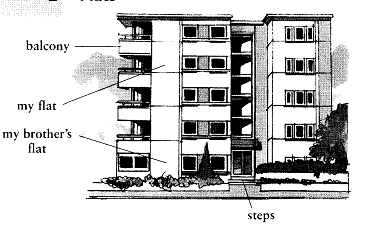
Note: Steps are usually outside a building or inside a public building; they are stone or wooden. Stairs (pl) connect floors inside a building and are often covered with a carpet.
Learn how to describe a flat or a house.
The rooms on the ground floor are quite dark (≠ light) because they don’t get (= receive) very much sun. They are also quite noisy (≠ quiet) because they are near the roads and the traffic. The other negative thing is that the rooms are draughty (= cold air comes into the room through the windows and under the doors because they don’t fit very well). This means it is expensive to heat the rooms (= to keep the rooms warm). Fortunately I have a very good central heating system. In other ways, it is also very nice: it’s in good condition (= in a good state / doesn’t need to be repaired; ≠ in bad condition), and the rooms are huge/ enormous (= very, very big; ≠ tiny / very, very small).
♦ Listening
